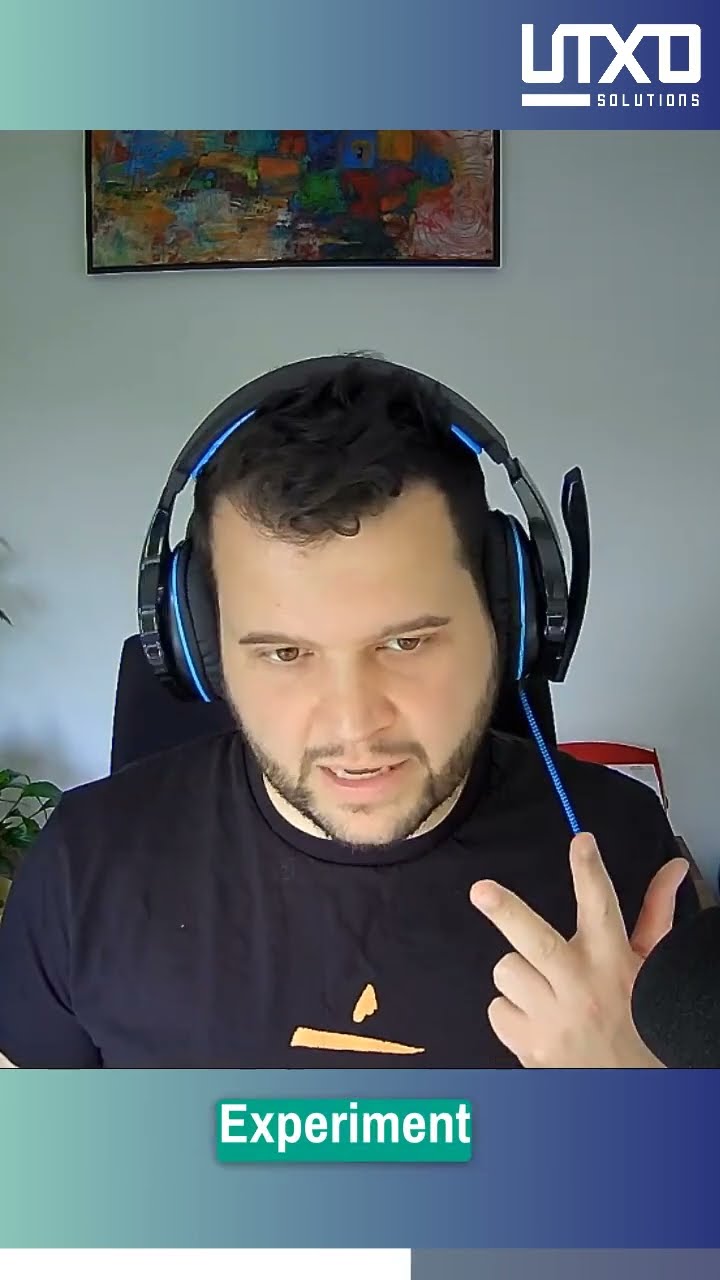
Would you rather eat a dolphin or buy our product?
The current state of market research is pretty weird. To see what I mean, try the following:
Take part in the next survey coming your way. Should take like a day at max until some company or app is asking for your feedback. Then, for every question, check the following:
- Is it an open question or a closed question? Closed questions are for confirming existing believes. Open question are for learning something new.
- Does the question ask for an opinion or a fact? People don’t act like they say they would, so only facts count. Fact-questions usually ask for past behavior.
- Is it a leading or a neutral question? An example of a common leading question is: “What do you like about our product? It eliminates all neutral or negative emotions.
Check how many questions are open, neutral and focus on past behavior. If you find a survey, where more then 30% of the questions do, please send me the link.
- Here are some common questions, that you find almost always:
- How do you like our product?
- What is your age / gender / other demographic marker?
- What features are you missing?
- How likely are you going to recommend our product to someone else?
These are all useless questions, as the answers are unreliable data points. You might as well ask:
Would you rather eat a dolphin or buy our product? Well, if these are the only two options, I’ll take the dolphin.
So let’s take a deeper look:
How do you like our product?
Even if people tell you, that they like your product, how will you work with this? Do you know, what features to develop next? Do you know, why they like it? How they measure progress in this dimension? Do you know, if they use it? Why they bought it? How often the use-case they bought it for comes up?
What is your demographic marker?
Think about the assumption of this question: If I know your age, gender and occupation, I know you. Because, all middle aged women working in engineering are the same?
People are way more complicated thant that. They have things that they want get done, they have problems and desires and a limiting context. Age, gender and occupation don’t tell you anything about this.
What features are you missing?
Don’t be lazy. This is your job. Understand the problem, then derive features that solve the problem. Your user doesn’t have a vision for the product. He often doesn’t understand his own problems enough to put them in words. But if you ask him, he will answer. But it will be something he came up with on the spot. And if you build the feature, you will waste money.
Just think about, how you would answer the question as a user…
How likely are you going to recommend our product?
The real question is: How often did you recommend our product? To see how useful this question is, just check the numbers. Let’s say you have a survey, where 1000 people answered this question with an average of 7/10,. You should get at least 700 new customers coming to you with the words “xyz recommended you”. Do you?
All that these questions do, is give you a warm feeling of customer centricity and doing a good job. It’s a false feeling though. The dolphin question would have given you the same. “Yeah, our users aren’t dolphin eaters. We are the good guys 
The thing is, I get why most companies do it. I did it myself. It’s a start. Asking your users useless questions is better than not asking them at all. But only, if you proceed to ask better questions.
Don’t get stuck on shallow user research. Advance.







